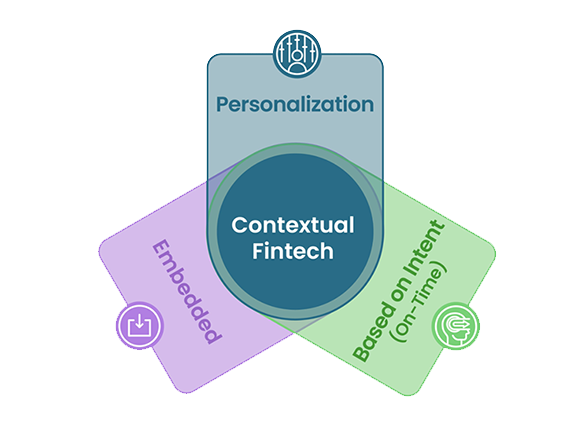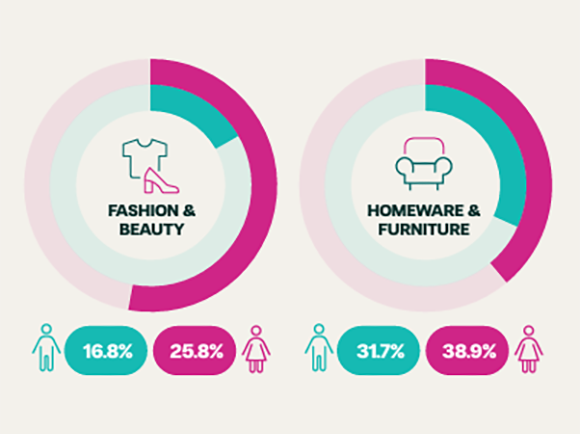How to stop retail finance cannibalising your other payment methods

The UK may have narrowly avoided a recession thanks to the World Cup, but we’re not out of the woods yet. 2023 will be a challenging year for even the most seasoned retailers.
You, like many others, may be looking for ways to innovate through this crisis. You might be looking at retail finance as a solution. You could already have a retail finance proposition but aren’t seeing the numbers you need. Or, you may be considering retail finance as a way to remain competitive.
How do you get the most out of your solution during the current climate? One answer is to ensure retail finance does not cannibalise your existing payment methods.
What do we mean by cannibalisation?
Cannibalisation occurs when your cash or card customers switch to your interest-free or low-interest credit solutions. This may not initially sound like an issue, but if a customer who would have paid a transaction fee of 0.3% with a debit card instead uses your interest-free solution that costs you 6%, your business loses out. Retail finance should be driving additional customers, bigger baskets, and higher revenues, not eating away at your profits.
So how do we solve this problem?
In my experience, there seem to be two main ways to solve the issue:
- Advertise finance early in your customer journey
- Set minimum spend limits
Let’s explore in greater detail…
1. Advertise finance early in your customer journey
The key thing to understand is: there is no point in offering finance if you’re not promoting it.
If you’re offering interest-free credit, you must tell your customers that. In furniture retail, for example, the difference between a cash order and a finance order is around £1,000. If you tell your customers up-front “Did you know you can borrow up to three years with interest-free credit?”, you have the opportunity to take that customer from a £700 purchase, to a £1,500 purchase.
On the flip side, solely advertising interest-free credit at the checkout will not boost average order values, nor attract customers looking to finance their products. These customers have already filled their baskets with the intention of paying with a debit or credit card. By the time they reach the checkout, it may be too late to convince them to spend a little more on this occasion.
This rule applies for both online and in-store, though it is arguably easier to achieve in-store.
For online, advertise finance on your homepages or landing pages to ensure customers are aware of your finance offer the moment they come into contact with your website.
In stores, POS advertising and training for sales staff can help communicate finance to customers. You don’t need to be brazen with your point-of-sale advertising, you just need to make it clear to your customer that finance is available, and give them the confidence to choose finance if they desire. A sign in the window can help significantly and make it easier for your teams to have the conversation with your customers.
The ideal scenario is when the customer approaches your team asking about finance. It opens up the conversation straight away. You can almost guarantee that the customer is going to spend at least £500 more than they would have with cash or card.
To help them along, train your sales team to find out your customer’s monthly budget so they can tailor your finance offering and make it as affordable to your customers as possible. Making sure your store staff understand the boost in average order values this brings will ensure they let your customers know early in their journey.
2. Set minimum spending limits
One thing I always tell my merchants is: you control the use of finance by the use of tools. Applying a minimum spend limit is one way to do this.
In a good economic period, interest-free credit minimum spend limits may be around £500 for 12 months. Moving the limit to £750 (an increase of only £250 to the customer) can increase your average order value by 50%. It remains an enticing offer. And what you will likely find is, your customers will spend more than the £250 increase – you’ll likely see baskets at around £1,000. A small increase in the minimum spend can thus have a big impact on your average order values.
The same rule applies for longer term credit, but you should be softer in your approach; too big a jump will put the customer off. Interest-free credit at 24 months with a minimum spend of £1,000, for example, should be adjusted in small increments. Maybe start by raising your limit to £1,200. The increase must be an achievable next step.
A customer spending £900, told that they can access interest-free credit for 24 months if they spend £1,200, may start looking at add-ons and accessories to increase their basket. This give you the chance to offer the matching footstool to accompany the chair they’re buying, or the headphones to use with their new laptop. Edging the customer up into the next bracket can help them to afford more.
Every merchant should have minimum spend limits. If you don’t, it is likely your retail finance proposition will cost you money. Implement them as soon as possible and increase them incrementally to see a significant uptick in your average order values.
To determine your limits, look at the products you are selling, and which ones are usually paid for through cash or debit card. This will show the point at which customers are more inclined to start choosing credit.
Is it right to offer finance during a difficult economic period?
In short, yes. Customers still want to make purchases during times of financial hardship. You, as a merchant, still need to provide your customers with the ability to buy their goods, and buy them at an affordable price. Giving them the option to spread payments over a long term is a great way to do this.
Another key thing to understand is that finance does not become a bad product just because times are tough. The product itself, and what you offer to the customer, is still the same. Merchants just need to be smarter about how they use it, to help and protect customers, while looking after their business.
How will you know if your solution is working?
It may be tempting to view an increase in sales as a sign that your solution is working, But the key measure to track is your average order value. So the volume of your individual sales rather than the overall number of sales. This will tell you how much more your customers are paying with finance over card spend. If these numbers are similar, you are not using finance correctly.
Advertise your solution as early in the customer journey as possible, train your staff, and set minimum limits to adjust the numbers.
Want to find out more?
We at Divido are here to answer any questions you may have around retail finance. We are happy to offer strategic advice to merchants, to help you optimise your checkout finance programmes and get the most benefit from them. Don’t be shy. Drop us a line, and we’d be happy to help.
You might also
be interested in
Keen to know more?








